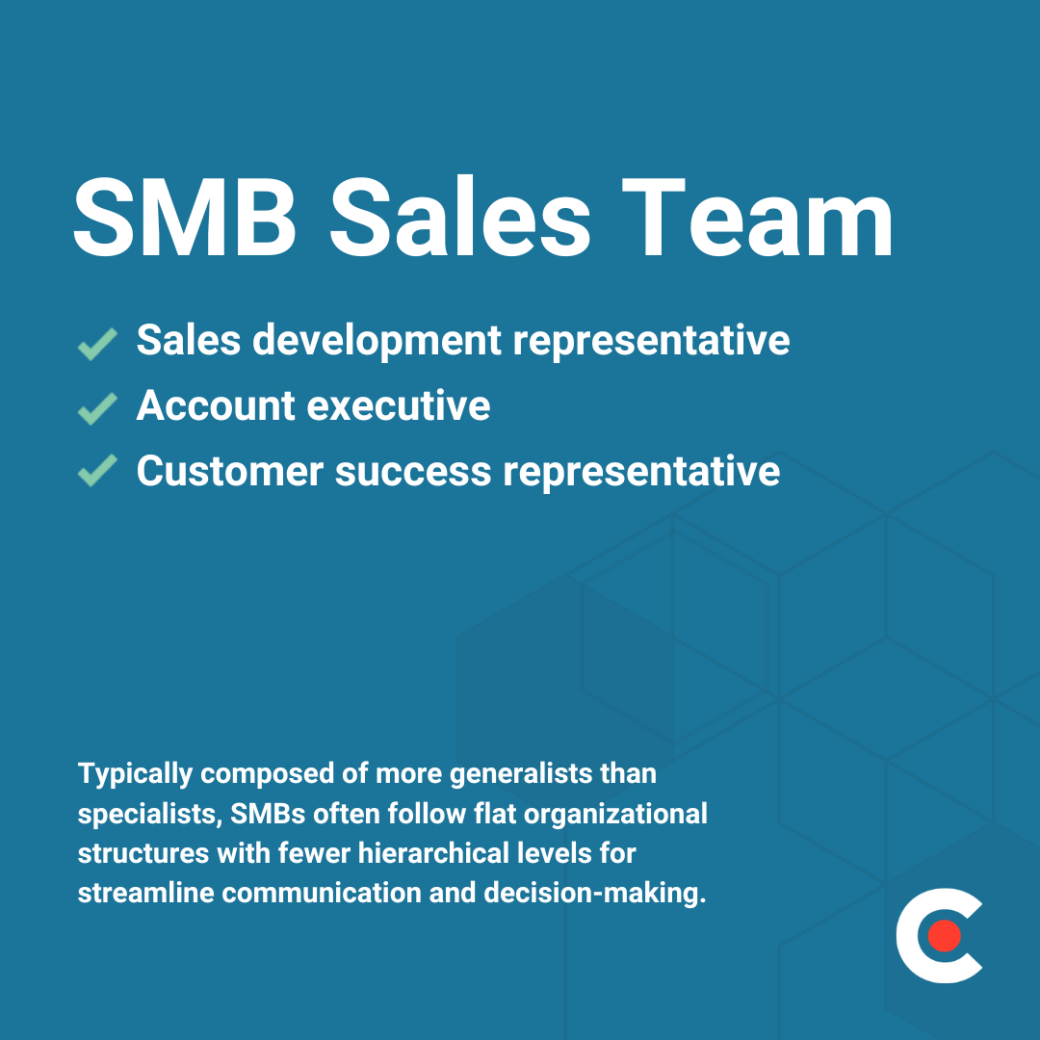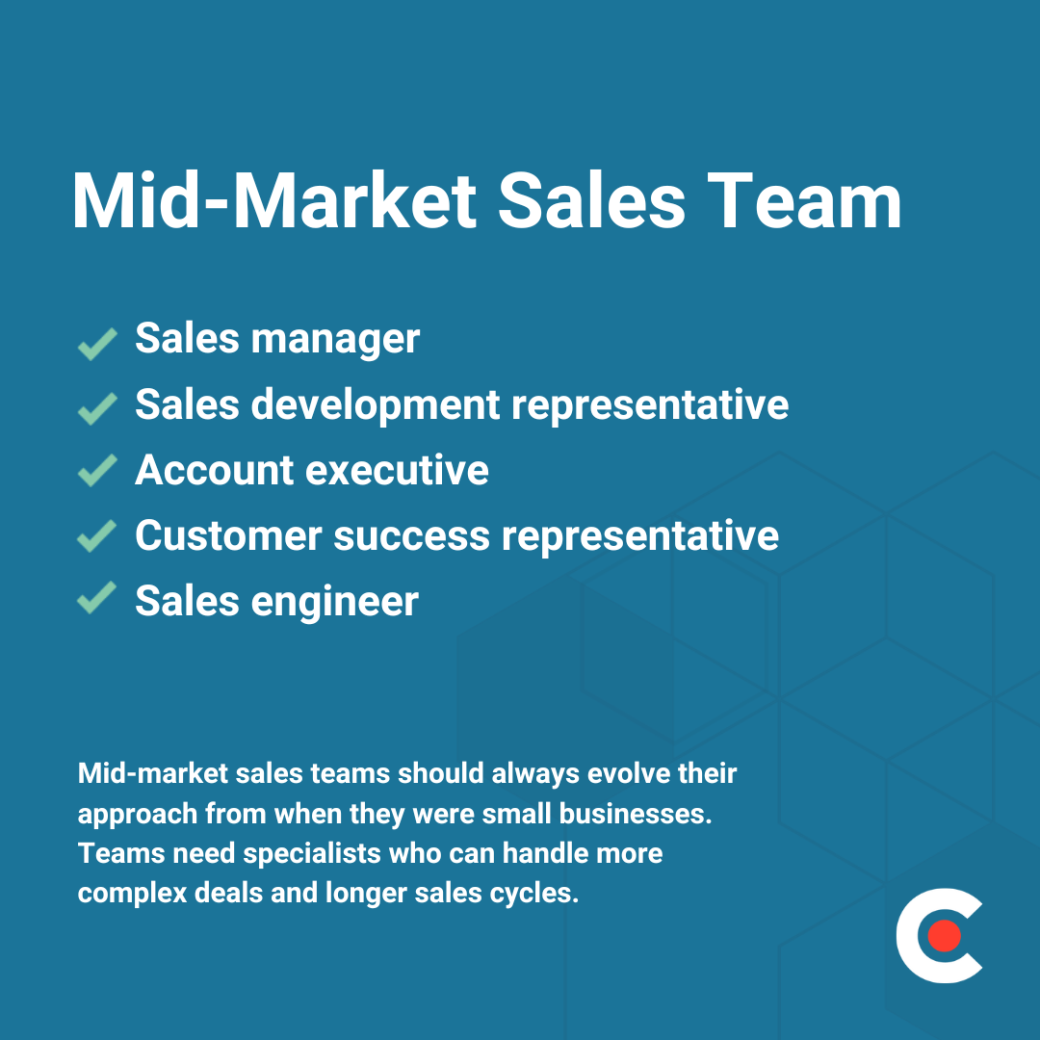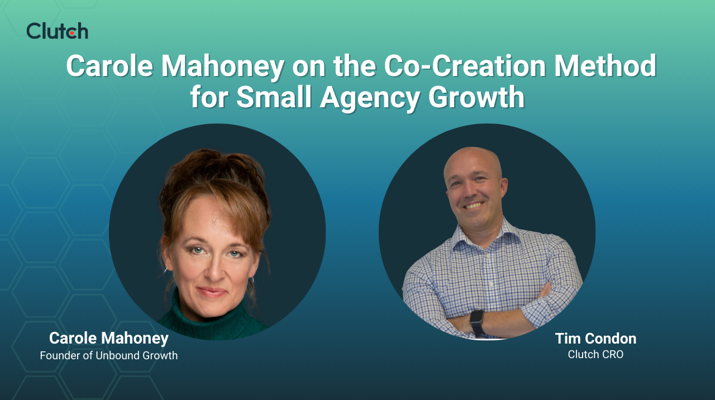

Updated March 14, 2025
How you structure sales teams for SMBs, midmarket businesses, and enterprises differs based on their unique needs and challenges. Besides objectives, the duration of sales cycles and lead volumes also play a role. Learn how these factors impact sales team structures with expert insights from David Kreiger, founder and president of SalesRoads.
While sales teams are imperative for businesses, their structure can make all the difference, especially when meeting sales targets and the overall bottom line. Failing to structure sales teams properly can result in misaligned responsibilities, poor communication, and decreased productivity.
These outcomes are often more pronounced in businesses that attempt to take a one-size-fits-all approach to sales team structure. However, the size and type of business determine what the sales team should look like. A small business doesn't have as extensive sales needs as its enterprise counterpart, so it makes sense for them to structure their sales teams differently.
Looking for a BPO agency?
Compare our list of top BPO companies near you
Let's discuss how each business type's goals and needs inform their sales teams' structure with commentary from David Kreiger, founder and president of SalesRoads.
This article will also share which two roles should be handled by different professionals, irrespective of your business type or sales team size.
Browse our list of sales outsourcing companies to help with your next business adventure.
For convenience, we've divided this section into three subsections, one for each business type.
Your business may not perfectly fit into these categories, but you could choose the structure that most closely matches your organization's needs.
As a small or mid-sized business, you typically need a smaller sales team. Your team may also have more generalists than specialists. In other words, each team member may handle multiple aspects of the sales cycle instead of having a designated role.
You may have many leaders since you're a growing business. However, the average deal size may be small due to your company's size and market position. The sales cycles are also shorter in most cases.
So, it makes sense to use a flat organizational structure with fewer hierarchical levels to streamline communication and decision-making. A small business sales team typically comprises:

SMB sales teams are vital to establishing a strong foundation for success. They will help set up the groundwork for future strategies and identify opportunities for growth.
The sales cycle is longer for mid-market businesses since the deals are more complex and involve multiple decision-makers. A slightly larger sales team is needed to handle these longer cycles.
At the same time, the deal size increases, which makes hiring more experienced and skilled salespeople an essential part of scaling a midmarket sales team. You can go forward with the same structure as the small business sales team but with additional roles like:

Mid-market sales teams should always evolve their approach from when they were small businesses. While there are distinctly new elements and challenges that come into play, by using the foundation they’ve strengthened during their grass roots, they can continue nurturing partnerships for the long game.
An enterprise sales team is the largest of the three and targets large corporations with complex sales cycles and high-value deals. Although the lead volume is lower than the other two teams, more coordination and collaboration among sales team members are required to close deals.
Kreiger warns businesses growing from mid-market to enterprise level on the difference between the two markets.
“A common mistake is trying to apply your founder-led or SMB playbook to enterprise – while you might get lucky, the buying motion is completely different,” Kreiger states. "The biggest pitfall is assuming your SMB/mid-market playbook will work for enterprise. You need a completely different strategy and approach to succeed at this level.”
An enterprise sales team might include:

Due to the sheer size of the business, an enterprise sales team usually has multiple people working in similar roles. For example, there may be multiple AEs and account managers.
Small and mid-sized businesses often make the error of assigning lead qualification and closing to the same professional. While this may seem like a logical decision, it impacts performance.
“I've seen our clients benefit from the SDR/AE split model for over 17 years,” Kreiger shares his insights and experience. “These are truly two different skill sets – having someone focused on prospecting and qualifying leads, and another person dedicated to closing.”
Even if you have a small sales team, it is best to separate these two roles. One professional should solely focus on lead qualification, while another should only close deals.
This approach yields better results for both roles. The team members use their distinct skills to make the sales cycles more efficient and successful, resulting in a higher conversion rate, which is the ultimate goal of any sales team.
When you structure your sales team, remember to leave room for pivoting. In other words, you should be open to making necessary organizational changes. As your business grows or objectives shift, your sales team must adapt.
When you merge these roles, one aspect usually suffers. Either you get someone who's great at hunting but lacks strong discovery skills, or more commonly, they focus on working warm leads and pipelines while prospecting falls off.
Some businesses even pivot their sales teams based on different markets or customer segments. This is how you meet your customers where they are and customize their experience.
The sales team structure in SMBs and mid-market businesses may not vary much. However, an enterprise sales team is in a different league, so it must be more flexible.

David Kreiger is the Founder and President of SalesRoads, an award-winning B2B sales outsourcing firm providing appointment setting and lead generation services. With over 20 years of experience, he has led the development of 500+ SDR teams, generating 100,000+ sales opportunities. His company is a 2X INC 5000 honoree, and he contributes to Entrepreneur Magazine. David's success stems from a methodology focused on attitude-driven hiring, precision prospecting, continuous training, and maintaining strong human connections in sales. He has helped companies from startups to Fortune 500s exceed their sales goals through these proven principles.


